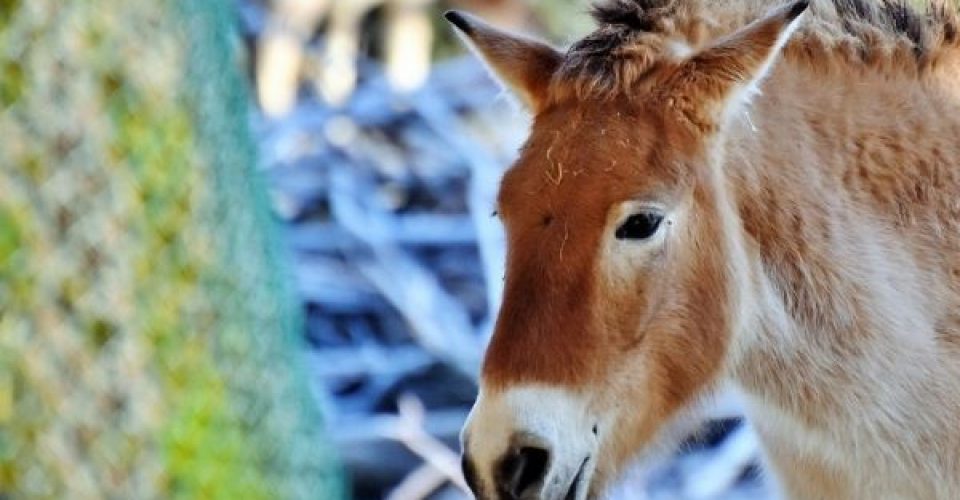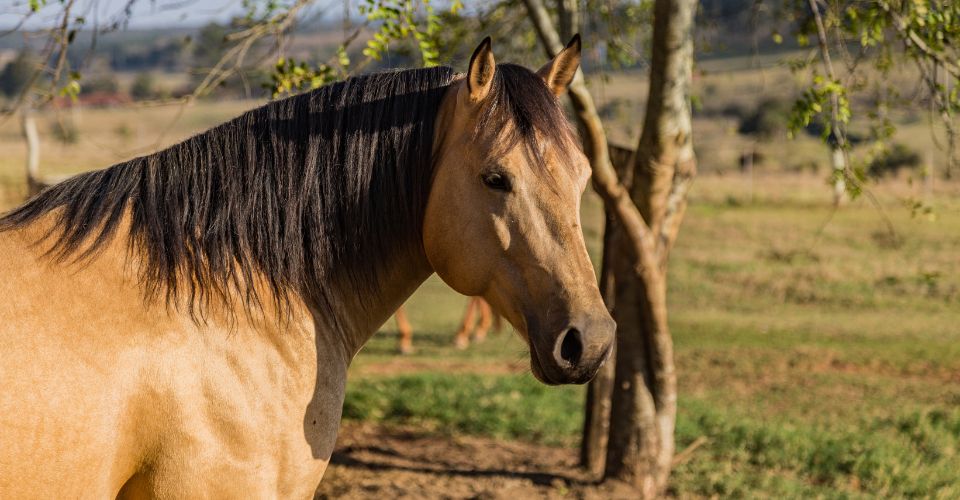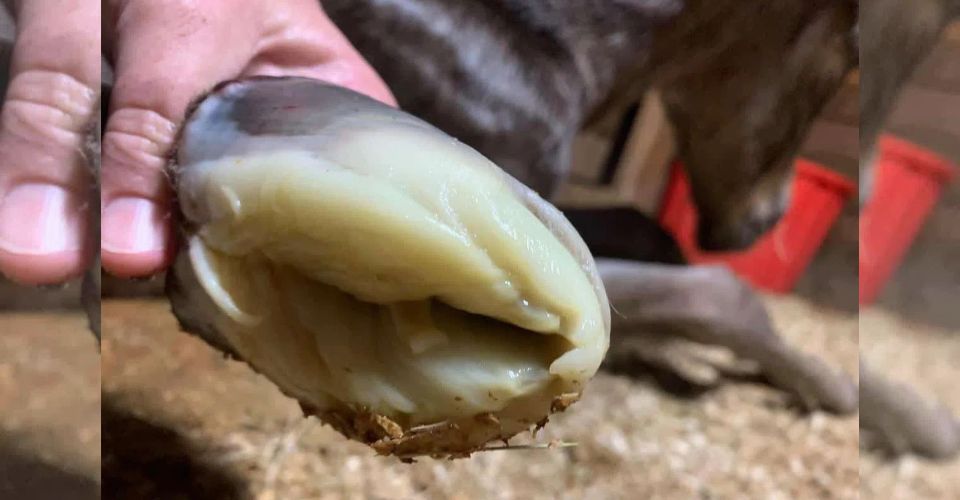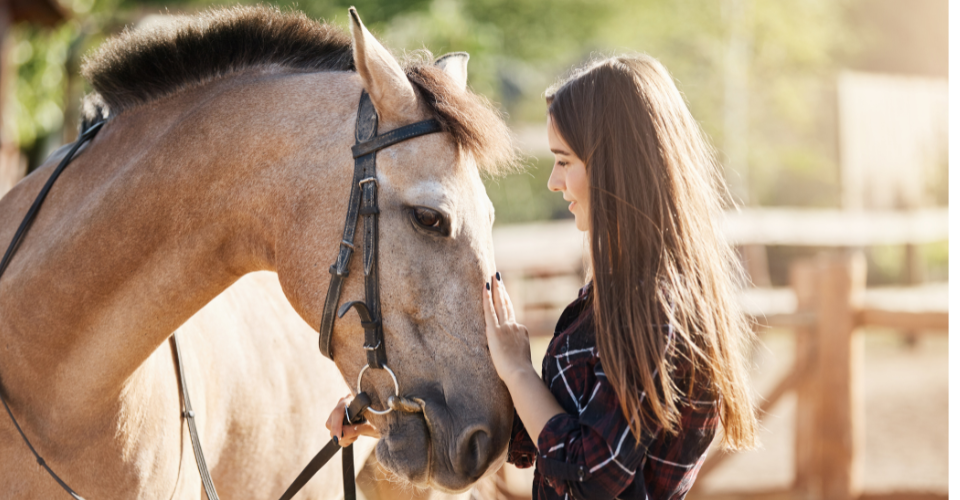Are you interested in buying an equine pet? But if you don’t want to go for a costly horse or a small donkey, a mule can be your best choice. Mules are the offspring of male donkeys and female horses. It offers the best traits of both animals, as it is faster than donkeys and less choosy about food and other living conditions.
Why is a mule a preferable choice over a horse? It is because the lifespan of the mule is larger than horses and donkeys. Horses are more costly in comparison to mules. In contrast, mules are less expensive to keep as, besides their one-off purchasing price, their feeding and other maintenance costs are also low.
But how much does a mule cost? Generally, the prices of mules range from $1,000 to $8,000. However, to be more appropriate about the exact price, we need to explore several other factors that determine the cost of a mule.
How Much Does a Mule Cost?
The costs of a mule include the purchasing and upkeep costs. The keeping cost of a mule has various components such as feeding cost, vaccination, costs to keep them healthy through regular checkups, shoeing costs, etc.
· The Purchase Cost of a Mule
It is the cost that you pay to buy a mule. The purchase cost of a mule generally ranges between $1000 to $8000. You can buy a healthy mule for $1000 to $3000.
The purchase cost of a mule depends on different factors. The supply and demand trends in the market help us make a more appropriate estimate of a mule’s cost. Similarly, economic conditions and the currency value from which you will purchase a mule are other important elements in estimating a mule’s cost.
· Upkeep Costs of a Mule
People interested in buying a mule should keep their vision broad as the purchase cost is not the only cost you will bear for a mule. It is really important to consider other associated costs. Let’s discuss the costs that are required to keep a mule:
Feeding Cost
Unlike horses, the cost of feeding a mule is low. A mule owner may need to spend around $100 – $150 a month to meet the feeding cost of a mule. It may be lower than this if the owner has a pasture where the mule can graze.
If you purchase a flake of hay from the market, it may cost around $20 per bale. The price may vary depending on the locality and quality of hay. However, ensure that the food provided to your mule is good enough and contains sufficient nutrients for its healthy diet. Besides the staple diet, you can also give treats to your mule by offering it fruits and vegetables.

Medical Expenses
Mules usually have fewer health problems than horses and rarely get ill. But in case your mules show illness symptoms or signs of other parasitic infections, it is advisable to visit a vet and use prescribed treatments. Worms, lice, or other parasitic infections can be cured by using prescribed treatment from vets.
Vaccination cost is another important cost that is a must for the health of mules to save them from exposure to various diseases.
Shoeing Expenses and Maintenance Costs
Horses need shoes and so do mules. If mules are being used for work or recreational purposes, you will have to shoe them. It may cost around $ 70 – $100 after every 2 – 3 months, as shoes are replaced after 2 – 3 months.
Other Costs
Few other costs may also incur if you want to replace a horse with a mule. These costs include designing a special mule saddle (generally, normal horse saddles don’t fit mules) and a special bridle called a mule headstall (attached behind the ears of a mule).
Factors Affecting Mule Cost
Different factors may affect the cost of a mule. A few of those factors are discussed here:
Supply And Demand Trends in Market
The price of a mule is dependent on demand and supply trends. If the price of mules is high, the supply of mules will increase, and the demand for mules will fall and vice versa. Usually, the demand-supply curve for mules is stable. It, however, depends on the locality where you intend to buy a mule. In mountainous regions, the demand is higher, automatically taking the prices upward.
Economic Conditions of a Country
The prevailing economic condition in a country is also an important factor affecting a mule’s cost. Similarly, the currency you will use to purchase a mule can also affect the cost.
Age of the Mule
Next, what is the age of the mule you are buying? If a mule is young and ready for work, it fetches a better price compared to one that is old or ill-equipped for hard work. With age, health also plays a role.
Reasons Why You Should Have a Mule
There could be several reasons behind purchasing a mule. Are you interested in buying a mule? But you are confused between a mule and a horse. We will make it easier for you to choose one based on our discussion below.
- The purchase price and costs to keep a mule are lower, and this makes it a suitable alternative to horses.
- Mules are resistant to diseases and don’t get infected easily. The resistance of mules to diseases reduces the medical cost of pet owners who previously owned a horse. That is why the mule is the preferred choice of owners.
- Mules are stronger than donkeys and have more endurance than either of their parents. They can carry greater weight and are more patient while carrying heavy loads. The intelligence and somewhat different mindset and attitude are the reasons why some people prefer mules over horses.
- The tough skin of mules allows them to combat harsh weather conditions. The hooves of mules need fewer horseshoe replacements. Horses need to replace their horseshoe every six weeks, but in mules, you can go for replacements after two to three months.
- The longevity of mules and horses is different. Mules can live up to 40 – 50 years, while horses have an average life span of around 25 – 30 years.
- Mules need less water and can tolerate heat more than horses. These animals embrace the characteristic of a donkey parent that is naturally more adapted to the hot conditions than a horse. Therefore, mules are less likely to suffer from heat exhaustion, unlike horses.
Reasons Why Should Not You Have a Mule
You may be interested in knowing why some people don’t like mules. What are those characteristics/traits that motivate people not to choose a mule? Let’s discuss some of these reasons in detail.
- Mules are infertile. It is a major drawback because, by the time you learn about the exceptional characteristics of mules, it may become too late to repeat the original cross. That is why some people don’t want to purchase a mule because they can’t reproduce.
- Sometimes mules are referred to as having a stubborn attitude. But in reality, this is not the case every time. Mules may show a bad temper or stubborn nature when there is an absence or weak relationship of trust between you and your mule. Once such trust is established, your mule will develop a good bond with you and may act according to your commands.
- Mules think more like a donkey than a horse, so you need to adjust to this new animal if you have experience working with horses (not mules) previously. At times, mules take the initiative, which makes it difficult for a horse rider/handler to deal with them because they are not used to it.
- The horse saddles usually do not always fit the mules. A special mule saddle is needed for a mule as their shoulder is different. Another thing that you need for a mule is a specialized bridle known as a mule headstall( fastened at the back of the ears). So, if you are going to buy a mule, make up your mind about these costs.
- Generally, mules are easy to feed than horses, but you need to be careful as they don’t tolerate high-energy feed or high protein levels in food. So, you need to maintain appropriate levels of protein in the feed.
- If a mule is angry, it may kick you and cause you an injury. While horses also kick, mules can kick out with their front feet, which is not the usual case with horses. They can also kick you with their hind leg. Such an attitude among mules may make people reluctant to buy a mule.





